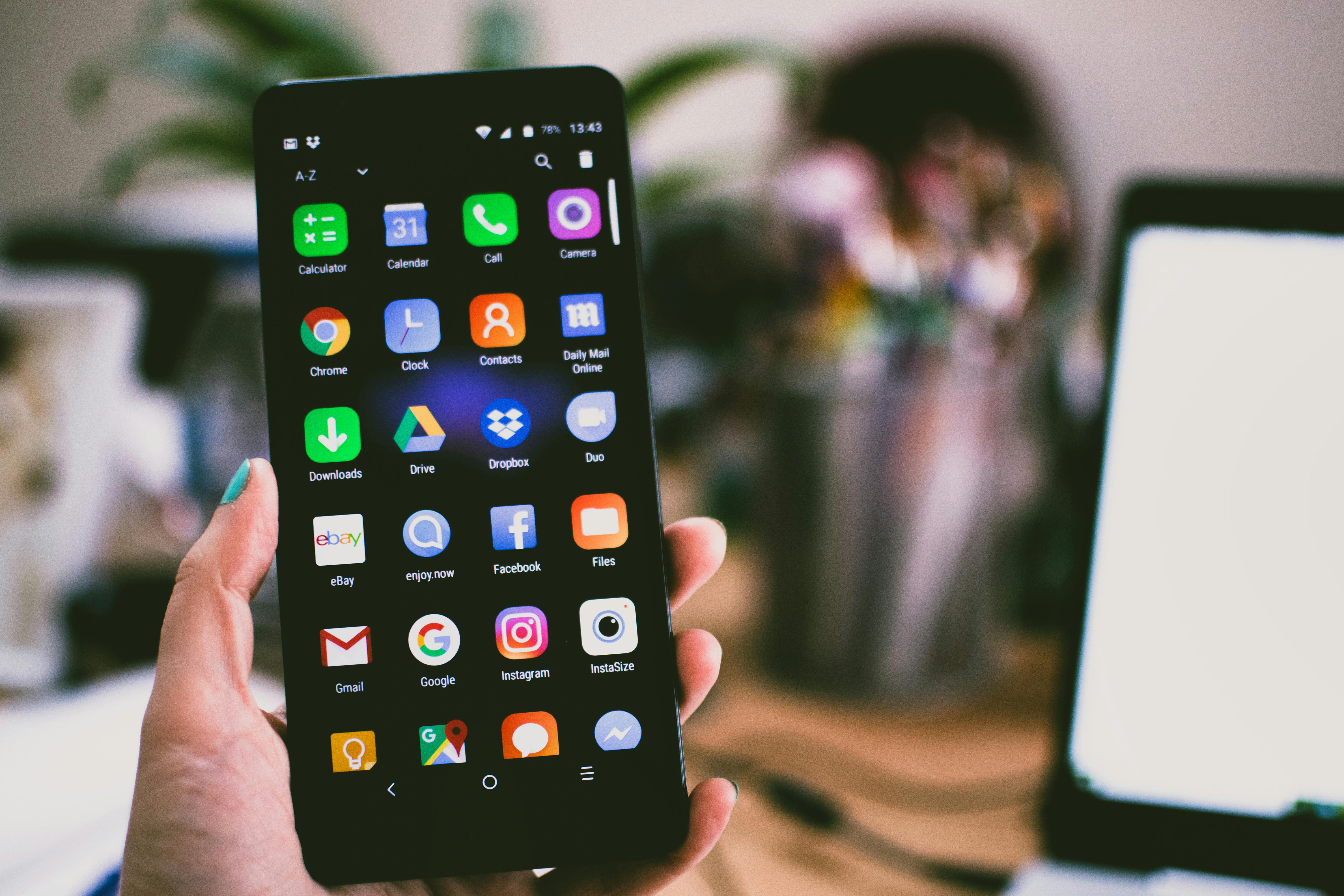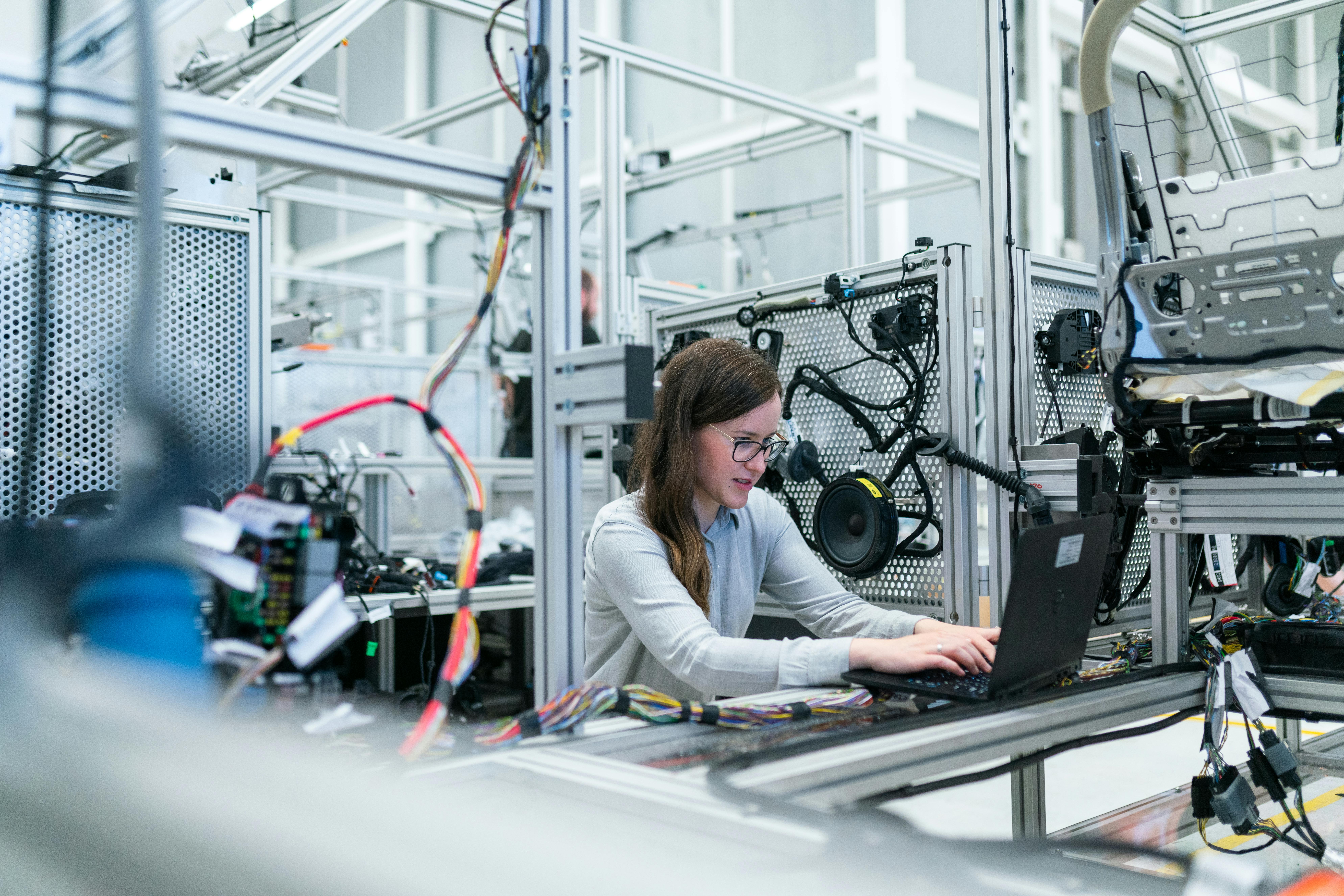Remember when the best camera was the one you had with you? That old adage has evolved. Today, the best camera isn't just the one in your pocket—it's a sophisticated computer with a lens, capable of creating stunning, professional-grade imagery. The line between dedicated cameras and smartphones is blurring faster than ever, and for most people, their phone is now their primary creative tool. Let's dive into the technologies transforming your mobile device into a true photography powerhouse.

The Hardware Revolution: More Than Just Megapixels
While megapixel counts still make headlines, the real magic happens behind the scenes. Smartphone manufacturers are engaged in an all-out hardware arms race, and the results are incredible for consumers.
- Multiple Lenses for Multiple Scenarios: The standard triple-camera array—wide, ultra-wide, and telephoto—is now commonplace. This gives you the flexibility to capture a vast landscape, a tight portrait with beautiful background blur (bokeh), or zoom in on a distant subject without losing quality. Some phones even feature periscope-style telephoto lenses that offer 10x optical zoom or more.
- Sensor Size is King: A larger image sensor can capture more light, which is the fundamental element of photography. Brands like Samsung with their "ISOCELL" sensors and Sony (the leading supplier of smartphone camera sensors) are constantly innovating to fit larger sensors into slim phones. A bigger sensor means less noise, better dynamic range, and superior performance in low light.
- Computational Photography: The Secret Sauce: This is where your phone truly outsmarts a traditional camera. Using powerful AI and machine learning, your phone takes multiple images in rapid succession and blends them into one perfect shot. This technology is behind features like Night Mode, which can brighten dark scenes magically, and HDR (High Dynamic Range), which balances bright skies and dark shadows seamlessly.
AI and Software: Your Pocket Photo Editor
The software running your camera is just as important as the hardware. Artificial Intelligence is now deeply integrated, automating complex editing tasks and even helping you compose a better shot.
Features like Portrait Mode use depth-sensing to artistically blur the background, making your subject pop. AI can also automatically recognize scenes—whether it's a sunset, a pet, or a plate of food—and optimize the color, contrast, and exposure accordingly. Furthermore, many phones now offer Pro or Manual modes, giving enthusiasts control over settings like ISO, shutter speed, and white balance, much like a DSLR camera.

Trending Now: The Rise of Computational Videography
The revolution isn't limited to still photos. The same computational power is being applied to video, with incredible results. Look for these features in the latest flagship phones:
- Cinematic Mode: Popularized by the iPhone, this mode automatically creates a shallow depth of field effect in your videos, smoothly shifting focus from one subject to another, just like in the movies.
- 8K Video Recording: While 8K displays are still rare, the ability to record in 8K provides immense detail, allowing you to crop into your video or grab high-resolution still frames without losing quality.
- Advanced Stabilization: Combination of Optical Image Stabilization (OIS) and Electronic Image Stabilization (EIS) results in buttery-smooth footage, even if you're running or biking. Some devices offer a "Horizon Lock" feature that keeps the video level no matter how you tilt the phone.
For a deeper look at how these technologies are changing filmmaking, check out this article from Variety, a leading entertainment news source.
How to Unleash Your Phone's Camera Potential
Owning a powerful camera is one thing; using it effectively is another. Here are a few simple tips to instantly improve your mobile photography:
- Clean Your Lenses: It sounds obvious, but the smudges from your fingers are the number one cause of hazy, low-contrast photos.
- Tap to Focus and Expose: Before taking a shot, tap on your main subject on the screen. This tells the camera exactly where to set the focus and exposure for optimal brightness.
- Embrace Natural Light: The best light is often free! Avoid using the harsh, direct flash. Instead, shoot during the "golden hour" (just after sunrise or before sunset) for soft, flattering light.
- Explore Pro/Manual Mode: Don't be intimidated. Experiment with slowing down the shutter speed to create light trails at night or adjusting the ISO to keep images clean in the dark.
To understand the core technical principles behind these settings, the Wikipedia page on Digital Photography is an excellent resource for beginners and experts alike.

Conclusion: The Future is in Your Pocket
The journey of the smartphone camera from a simple novelty to a professional creative tool has been remarkable. Driven by advancements in hardware, AI, and computational photography, our phones have democratized high-quality image-making, putting capabilities that were once reserved for professionals into the hands of billions. As sensor technology improves and AI gets even smarter, the only limit will be our own imagination. So next time you pull out your phone to take a picture, remember—you're holding a piece of cutting-edge technology. Don't just take a snapshot; create a masterpiece.
What's your favorite smartphone photography feature? Let us know in the comments below!
No comments:
Post a Comment